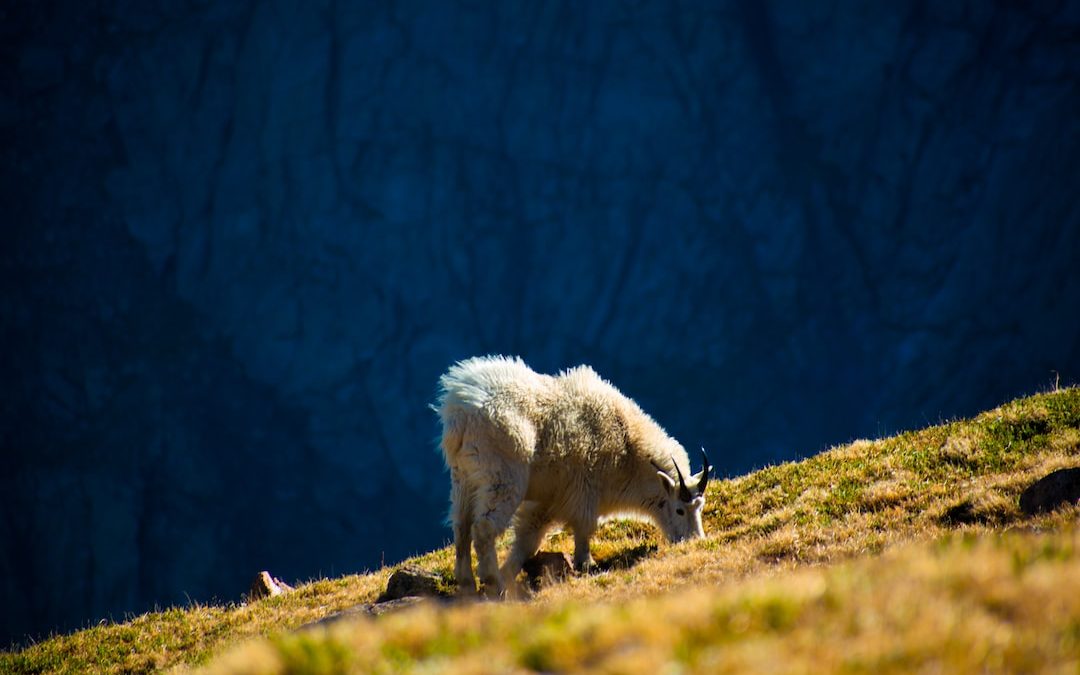Table of Contents
Wildlife Watching in Rocky Mountain National Park
Introduction
Rocky Mountain National Park is one of the most beautiful and pristine protected areas in the United States, located in Colorado. It is well-known for its spectacular mountain peaks, alpine lakes, and abundant wildlife. It is a paradise for wildlife-watchers, offering a wide variety of species for visitors to observe and photograph. This post will explore the wonderful wildlife watching opportunities in Rocky Mountain National Park, with a focus on the best times to visit, species to look out for, and tips for successful wildlife watching.
When to Go
The best time to visit Rocky Mountain National Park for wildlife watching is during the summer months, between late May and early August. During this period, the park is in full bloom and the animals are most active. The park is also open longer during the summer months, so visitors have more time to explore. Winter can also be a great time for wildlife watching, as the animals are easier to spot against the snow.
Species to Look Out For
Rocky Mountain National Park is home to a wide variety of mammals, birds, fish, and amphibians. Some of the most popular species to look out for include:
- Mammals: Mule Deer, Elk, Mountain Goats, Bobcats, Black Bears, and Moose.
- Birds: Bald Eagles, Golden Eagles, Red-Tailed Hawks, Owls, and Hummingbirds.
- Fish: Trout, Cutthroat Trout, Kokanee Salmon, and Mountain Whitefish.
- Amphibians: Wood Frogs, American Toads, and Spotted Salamanders.
Where to Look
The best places to look for wildlife in Rocky Mountain National Park are in the alpine meadows, valleys, and lakes. The higher elevation meadows are especially good for spotting large mammals such as elk and mule deer, while the valleys are good for birds and smaller mammals such as bobcats. The lakes are great for spotting fish and amphibians.
Tips for Successful Wildlife Watching
There are a few tips to keep in mind when wildlife watching in Rocky Mountain National Park:
- Be patient. Wildlife watching requires patience, as animals are often elusive and may take some time to appear.
- Be quiet. Animals are sensitive to sound and will be more likely to appear if you are quiet.
- Be respectful. Remember to keep a respectful distance from the animals, and never attempt to touch or feed them.
- Bring the right equipment. Binoculars and a camera with a telephoto lens are essential for successful wildlife watching.
Hiking Trails
Hiking is one of the best ways to explore Rocky Mountain National Park and spot wildlife. The park has over 300 miles of trails, ranging from easy to difficult. Some of the best trails for wildlife watching include:
- Bear Lake Trail – This easy 1.6-mile loop is great for spotting large mammals such as elk and mule deer.
- Green Mountain Trail – This moderate 3.8-mile loop is great for spotting smaller mammals such as bobcats and foxes.
- Lily Lake Trail – This easy 1.5-mile loop is great for spotting birds such as bald eagles and red-tailed hawks.
Off-Trail Areas
For a more adventurous wildlife watching experience, visitors can explore some of Rocky Mountain National Park’s off-trail areas. These areas are more remote and less frequented by visitors, so animals are more likely to be seen. Some of the best off-trail areas for wildlife watching include:
- Big Meadows – This meadow is located in the southern part of the park and is a great spot for spotting large mammals such as elk and moose.
- Horseshoe Park – This meadow is located in the northern part of the park and is a great spot for spotting smaller mammals such as foxes and coyotes.
- Sprague Lake – This lake is located in the eastern part of the park and is a great spot for spotting birds, fish, and amphibians.
Photography Tips
Wildlife photography is a great way to capture the beauty of Rocky Mountain National Park’s wildlife. To get the best photos, it’s important to have the right equipment, such as a camera with a telephoto lens and a tripod. It’s also important to be patient and take your time, as animals can be difficult to photograph.
Safety Tips
It’s important to be aware of the potential hazards when wildlife watching in Rocky Mountain National Park. The most dangerous animal in the park is the black bear, so it’s important to be aware of your surroundings and make noise when hiking in the backcountry. It’s also important to never approach or attempt to feed the animals, as this can be dangerous for both the animals and the visitors.
Conclusion
Rocky Mountain National Park is an incredible destination for wildlife watching, offering a wide variety of species for visitors to observe. The best times to visit are during the summer months, and the best places to look are in the alpine meadows, valleys, and lakes. It’s important to be patient, respectful, and aware of the potential hazards when wildlife watching in the park. With the right preparation and knowledge, visitors can experience the beauty and diversity of Rocky Mountain National Park’s wildlife.












